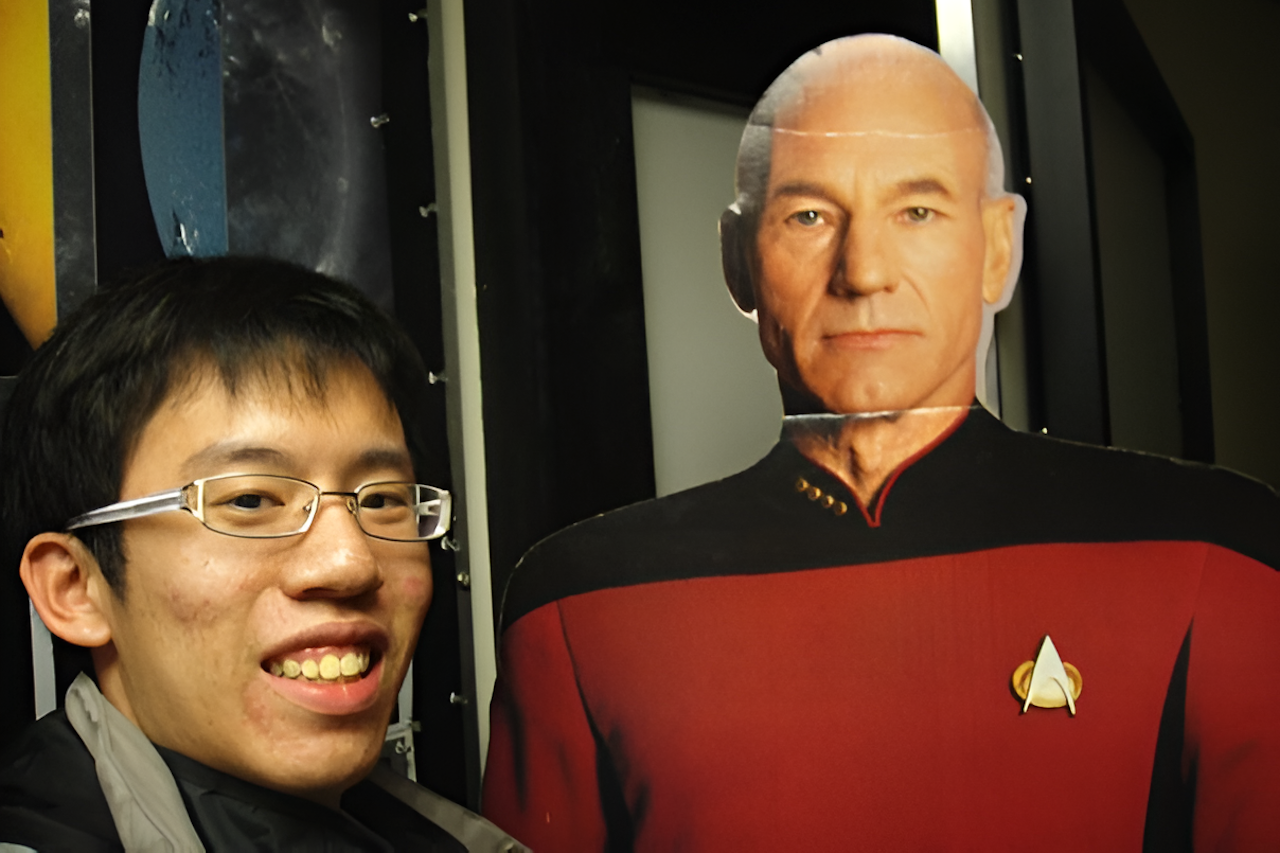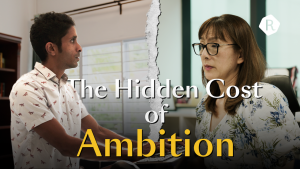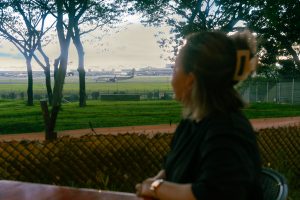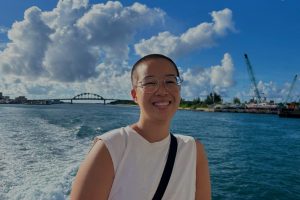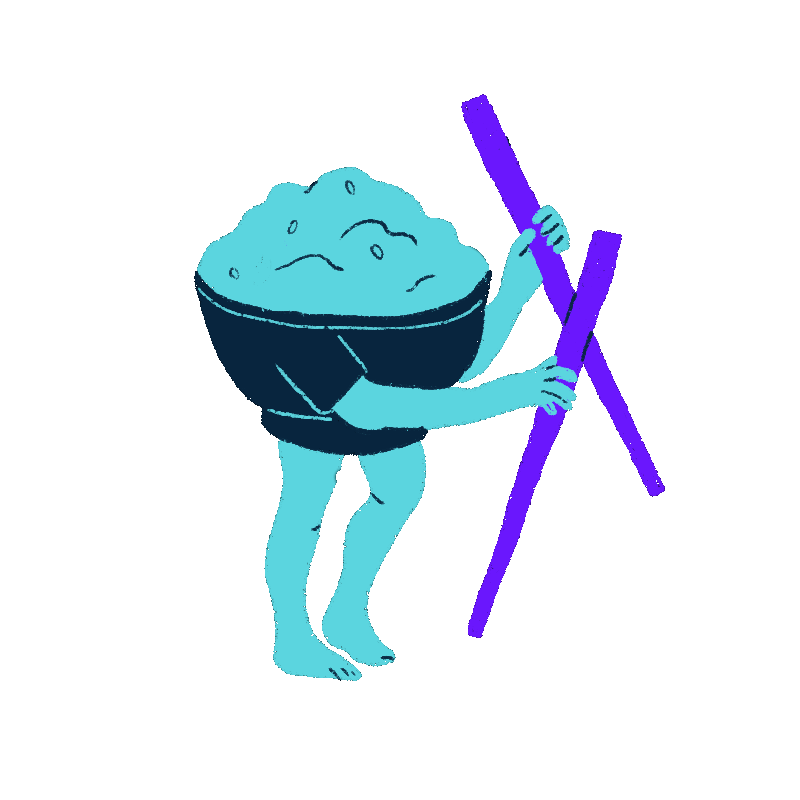In Singaporeans Abroad, we share the stories of locals who—thanks to living in a globalised world—have found success in different corners of the globe, whether financially, romantically, or for the pure joy of adventure.
We recently heard from Malika Avani, who hitchhiked across Europe and Latin America and learned shamanic healing techniques. Then, there’s Joleen Teo, who is contemplating a long-term move to Okinawa to be a quantum physicist.
Now, we bring you Gang Kai Poh, who moved to the US so he could study space physics for a living.
I was just eight years old when I read a newspaper article about Mars being at its closest distance away from Earth. Young me naively thought that it would be the size of the moon, so I tried to stay up late just to catch a glimpse of it.
Sadly, my dad nipped my dream to see the Red Planet in the bud when he made me go to bed. I had school the next day, but I would have stayed up all night if he’d let me.
It’s been three decades since then, and now I get paid to look at Mars all day. To be more specific, I actually study Mars—its space environment and how it interacts with the solar wind, more precisely—as part of my job.
And what a job it is. I’m an assistant research scientist at NASA’s Goddard Space Flight Center near Washington, DC, where I study planetary science and space weather.
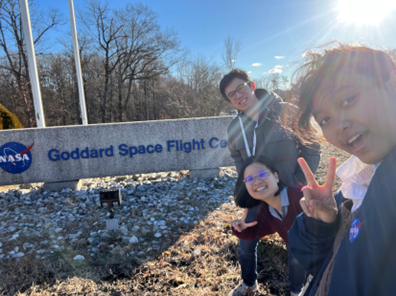
(Now, ‘weather’ in this context doesn’t refer to your usual thunderstorms per se. Space weather is the study of how space impacts the upper atmosphere all the way down to Earth’s surface. For example, there have been cases where geomagnetic space storms have caused power outages in northern parts of the US and Canada.)
I never thought I would ever be working for the National Aeronautics and Space Administration. But now that I’m working my dream job, I’m trying my best to make it a reality for fellow Singaporeans too.
A Small Step for a Man
It’s now been about 15 years since I moved from Singapore to the United States to do my bachelor’s in physics and astronomy at the University of Colorado Boulder (CU Boulder).
When I set foot in the US in 2010, I never thought I would be here for this long, to be honest.
As the years stack up, it scares me a little bit these days. Soon, I will have been living in the US for 20 years—that’s half my life. That’s something I find hard to wrap my head around. Honestly, I still feel very Singaporean.
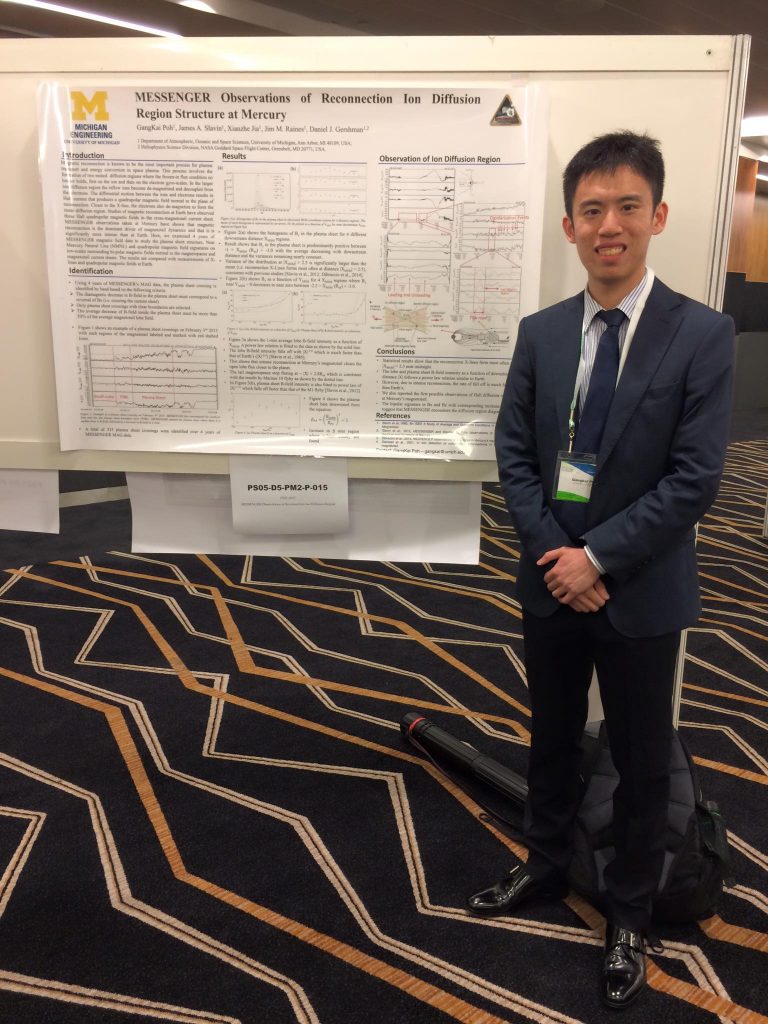
I’d say my love of science as a kid planted the seed for my move to the US. In the early 2000s, biotech and life sciences were a big thing. Science was cool!
I remember keeping a scrapbook of science and astronomy articles. When I was at Anderson Secondary School, I decided to talk about auroras for a show-and-tell assignment. I did so much research. There wasn’t enough information online, so I even went to a physical library. In hindsight, it was a bit of an overkill for a small assignment, but I truly enjoyed it.
Working in astronomy was my dream all along—I did have a fleeting interest in biology, but I was terrible at it. When it came time for me to apply for university, however, there was (at most) only one astrophysics minor offered in Singapore.
I ended up mulling between two choices: Study material sciences at Nanyang Technological University or pursue astronomy in Colorado.
Fortunately, my parents were supportive of me going to Colorado. They’re a bit more on the liberal side, and they always told my brother and me to pursue our passions. They believe if you’re passionate about something, you will excel in it.
“If you want to go down this route, you better be the best at it,” they said to me. No pressure, right?
I thought hard about it, discussed it with my family, and concluded that this was something I really wanted to do. And so, when I finally made it to the US, I told myself, “I will not regret this decision.”
Phoning Home
I’m not going to lie—those early days in Boulder, Colorado, were tough. It’s quite a remote area far away from the bustling city of Denver, and I’m a city boy through and through.
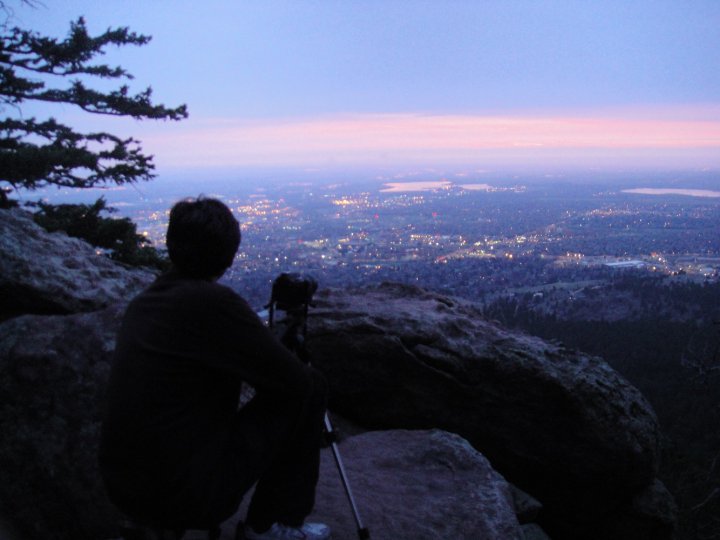
Initially, I was so excited. I had never been out of Singapore for an extended period of time, nor had I travelled by myself before. But the excitement quickly evaporated when I realised I had to do everything by myself. It was in Colorado that I cooked my very first bowl of noodles. It was terrible. Somehow, I’d made the noodles too salty to eat.
There also weren’t as many Singaporeans there. Currently, where I am in DC, there’s a strong Singaporean community. I also don’t feel as homesick because there are places like Chinatown and Koreatown.
No matter where I am in the US, I will always miss home. But it hit me particularly strongly in Colorado. I think it’s the homesickness that drives me to constantly look for that sense of home anywhere I am. I’m always looking for ‘kakilang’ as we say in Hokkien—our people.
It was about a month after I first arrived in Colorado that I found a fellow Singaporean. I was at my university’s office for international students. They had an assortment of dollar bills from all around the world, and a Singaporean note caught my eye. I asked the office about it and got in touch with this tiny community of five Singaporeans in Boulder, Colorado.
It was such a small community that we started to welcome other people from Southeast Asia. That’s how I met my wife, Christina, who is Indonesian.
To me, Singapore is still home. Even though I’ve obtained permanent residency in the US solely because it makes it easier for me to work here, I’ve never wanted to change my citizenship. At some point—though I don’t know when yet—I do want to move back to Singapore.
My wife and I agree that we probably aren’t going to retire here. We will always be seen as ‘not from here’.
Nobody ever asks us which part of the US we’re from. Instead, my wife, who’s now a US citizen, still gets asked often, “Where are you from?”
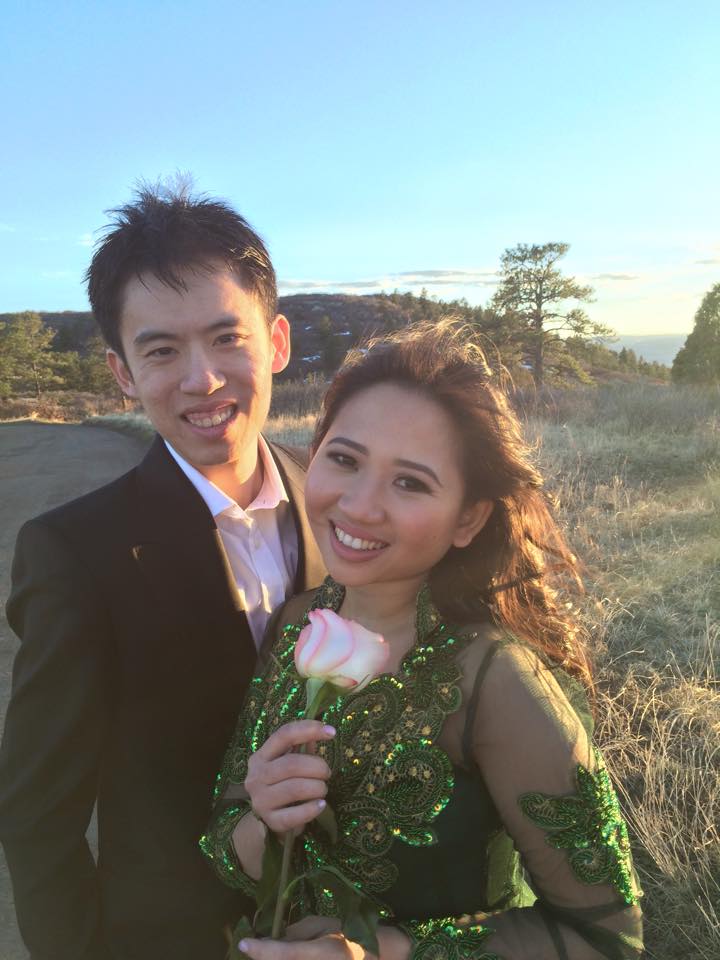
On the contrary, Singapore has defined who I am. I spent 20 years of my life growing up there. Many of my core memories were made there. The food, the culture, the environment, the feeling of warmth—these are all the things that define me.
Studying the Final Frontier
Still, the US is where I’ve been able to pursue my passion for space sciences.
Back in my University of Colorado days, I attended a seminar by Professor Daniel Baker. He spoke about NASA’s MESSENGER (Mercury Surface, Space Environment, Geochemistry and Ranging) mission.
MESSENGER was a spacecraft that orbits Mercury to study its geology, magnetic field, and chemical composition. This mission resulted in several remarkable images of the solar system and also managed to find evidence of water ice at Mercury’s poles—fascinating stuff to me, at least.
Eventually, I secured an undergraduate research position with Prof. Baker and subsequently a PhD position with Prof. Jim Slavin at the University of Michigan, which ultimately cemented my decision to choose space physics as my career.

NASA is a US federal agency, so they do not directly hire foreigners. We foreigners can’t “work for NASA” per se, but it’s not impossible to work at NASA. There are actually various pathways. I was hired via the CRESST II programme, where NASA partners with universities to fill its roles.
People ask me all the time what it’s like to work at NASA. Even my wife thinks it’s like the movie Interstellar—you’re in spaceships and jumping from rockets.
The truth is… it can be mundane. I read a lot about my field. I spend most of my time in a windowless office looking at monitor screens and doing data research.
Shooting for the Stars
Research can be a very solitary affair. I think that’s why I find a lot of joy in teaching.
Outside of NASA, I’m a Research Associate Professor at The Catholic University of America, teaching space physics and mentoring PhD students.
For some odd reason, I have a lot of students from around the world, but none are Singaporeans. It’s part of the reason why I’m trying to build more of a community in the space scenes in both the US and Singapore.
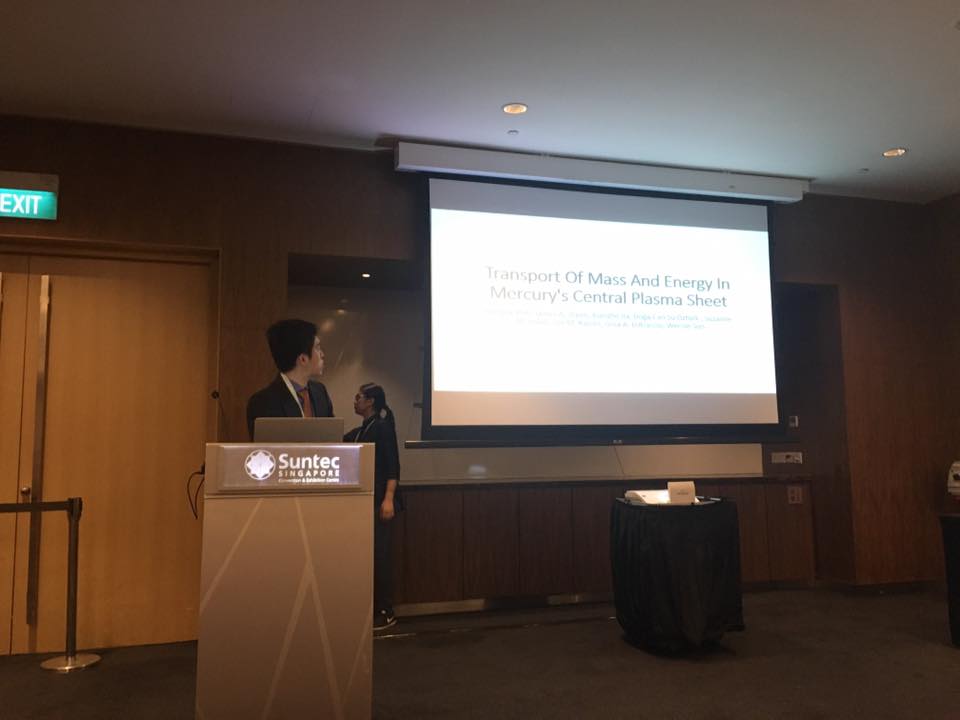
My hypothesis? People in Singapore are less concerned about other planets. Or perhaps there’s still this perception that you can’t really secure a stable job doing basic research in space sciences.
Resources in Singapore are limited, so we naturally have to be more strategic about how they are invested. That’s led to Singapore’s heavier focus on the commercialisation and application of space technology research. We are a practical people, after all.
What I do—and what’s still missing back home—is explore the symbiotic relationship between basic space science research and engineering applications.
For a long time, I’ve accepted that Singapore doesn’t place a heavy focus on this type of work. But I’ve come to realise that if the interest doesn’t exist, why not let me try sparking it?
Traditionally, Southeast Asia is not big on space weather—but it turns out Indonesia is actually one of the leading countries in space weather research. Singapore might be behind in its research now, but I believe we can get even better with more awareness.
It’s something I and a few other like-minded Singaporeans have taken upon ourselves to spearhead. If not us, then who? After all, NASA’s work focuses more heavily on the US region. But I believe the equatorial region—where Singapore is located—is equally important.
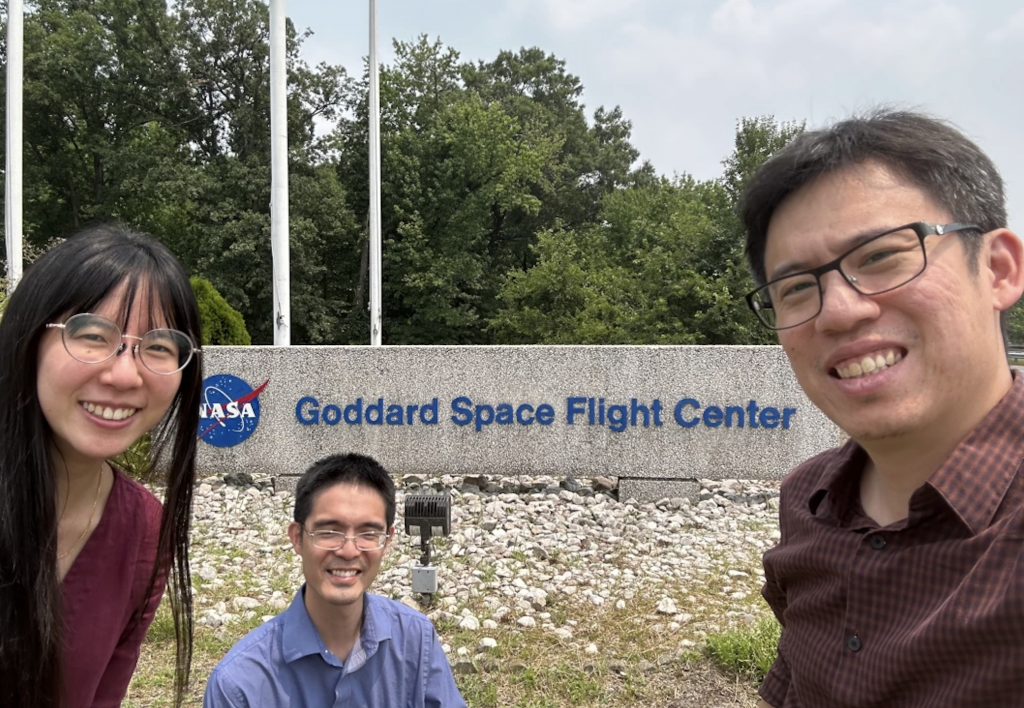
Space science sounds technical and lofty, but in actual fact, it has a lot of applications to our daily lives as we know it. For example, Singapore plans to launch a satellite at a very low earth orbit. Where the space weather field comes in is helping us understand Earth’s environment and how it impacts the satellite.
My efforts to build awareness of the space sciences are still in the early stages, but I’m excited. I’m going home soon for a week, and I’ve already scheduled back-to-back talks with different colleges, secondary schools, and junior colleges.
To The Moon And Back
I know many Singaporeans aspire to work overseas or even migrate for good. But honestly, working for such a long period overseas came with many sacrifices.
I genuinely believe that we won’t know how good we have it at home until we go out into the world on our own.
When my grandfather passed away, it was in the middle of my final year at CU Boulder. Everything happened very suddenly, and there wasn’t enough time for me to prepare myself mentally. I could also only attend the funeral virtually. Not being able to be there for him at the end was something I will forever regret.
Many of my Chinese New Years were also spent away from family. I could only see my parents and siblings over Facetime. The feeling of seeing them all gathered around the reunion dinner table without me is a unique brand of homesickness.
But that’s not to say I regret moving to the US to chase my dreams. If I could turn back time, I would absolutely still move here.
Throughout these 15 years, I’ve learnt the importance of family. I have become more independent. I’ve become more resilient towards challenges in my life. I’ve become more adaptable.
I can’t promise it will be an easy path, but a career in space can be very rewarding. To be able to explore the final frontier and get that ‘eureka’ moment when you discover something new—it’s indescribable.
Singapore might be small, but most of us have such a thirst for adventure and travel. Why limit ourselves to this tiny blue planet when the cosmos is out there for us to explore?

RICE Dialogues: Poh Gang Kai, a Singaporean scientist at NASA
Ever wondered what it’s like to build a career in the space industry? Thinking of taking a leap of faith for something you love? Curious about that city-levelling asteroid that could hit Earth in 2032? This is your chance to ask him anything!

